Five destinations recommended in Shigatse
NO.1: Tashilhunpo Monastery
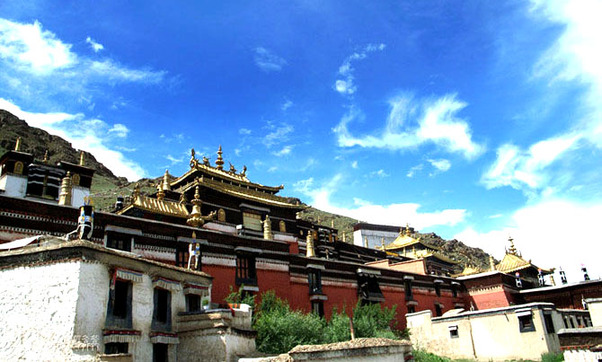
Tashilhunpo Monastery [Photo/rednet.cn]
Tashilhunpo Monastery, founded in 1447 by the First Dalai Lama, is one of the Big Six Monasteries of the Gelug sect of Buddhism in Tibet. Also called the Heap of Glory, the monastery covers nearly 300,000 square meters in Shigatse, Tibet's second-largest city, after expansions by the Fourth Panchen Lama and his successors. The monastery is comprised of grand palaces that house gigantic statues and wall paintings showcasing of Buddhist art.
Admission: 55 yuan
Opening hours: 9:00 to 17:00 (closed for lunch from 12:00 to 14:00)
Travel tips: During some important Tibetan festivals, visitors could enter the monastery for free. The recommended time for a visit is three hours.
NO.2 Mt.Qomolangma
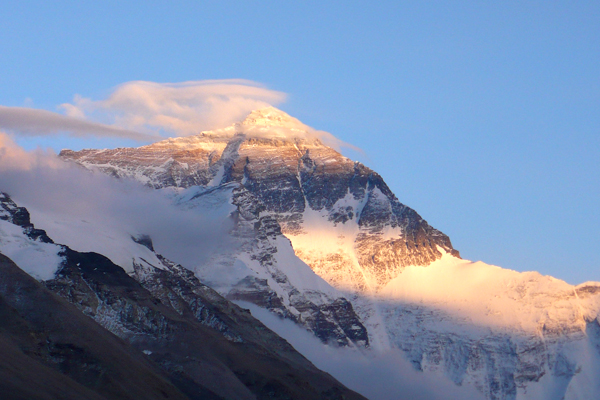
The Mt.Qomolangma[Photo/China Tibet Online]
Mt.Qomolangma is te highest peak in the world, which means "holy mother" and represents the mother goddess of the earth. Besides experienced mountaineers, Mt.Qomolangma draws scientists and ordinary tourists.
As the highest spot of the world, the mountaintop is covered with snow all year round, and when the glaring sun comes out, the peak becomes pure and beautiful. Apart from that, many precious plants and animals live in the national natural reserves built in the area of Mt. Qomolangma.
Admission: 180 yuan
Travel tips: Climbing Mt. Qomolangma is very dangerous, only the periods between early March and late May, along with early September and late October are suitable for climbing.
NO.3: Palkor Monastery
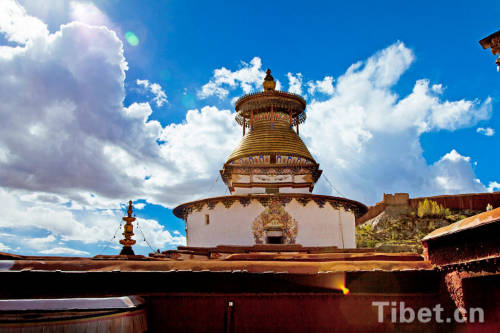
Palkor Monastery [Photo/China Tibet Online]
Situated at the foot of the Zongshan Mountain in the northwest of Gyangze County, Palkor Monastery is composed of four parts: the Coqen Hall, the Buddhist Pagoda, Zhacang(or Tibetan Buddhist college), and the Bounding Wall.
The styles of the architecture and oblations of Palkor Monastery draw the quintessence of the Sagya Sect (Stripe Sect), the Gegyu Sect (White Sect), as well as Gelug Sect (Yellow Sect).
Admission: 60 yuan
Opening hours: 9:00 to 19:00
NO.4: Sagya Monastery

Sagya Monastery
Located at Sagya County, Tibet Autonomous Region, Sagya Monastery is the main temple of the Sagya section of Tibetan Buddhism. Sagya Monastery is famous because of its gray-white soil. In Tibetan language, Sagya means "gray soil". It was built in 1073 in the Northern Song Dynasty by a local nobleman.
Since it is divided into two parts by the Zhongqu River, it is called South Sagya Temple and North Sagya Temple and consists of more than 40 buildings. The construction of Sagya Monastery features a unique architectural style. The South Sagya Temple covers an area of 14760 square meters and the main hall covers an area of 5775 square meters. It looks like a defensive wall in the Han architectural style.
Sagya Temple has long played an important role in history, and it is home to historical records, Buddhist sculpture, ancient clothing, frescos and more than 3,000 items of thang-kas (painted or embroidered Buddhist banners).
Admission: 50 yuan
Opening hours: 9:00-18:30
How to get there: take a bus at the Xigaze Bus Station (tickets cost 45 yuan/person.)
NO.5: Zongshan Castle
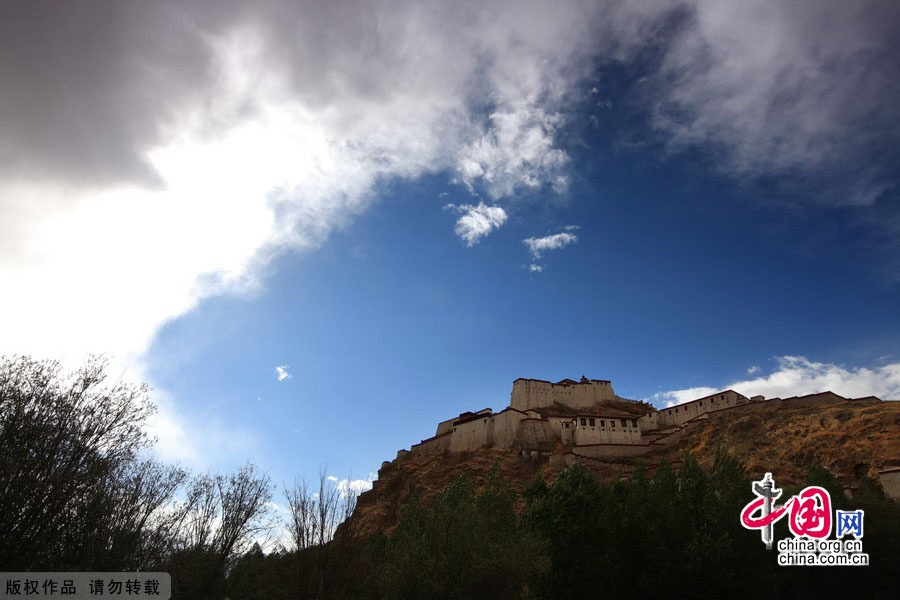
Photo shows the Zongshan Castle in Gyangze County. [Photo/Chinaorg.cn]
Gyangze's Zongshan Castle, a mountaintop fortress, was among the main battlefields during the British invasion of Tibet between December 1903 and September 1904. About 5,000 defending soldiers stationed in the castle fought for three days against the British troops but failed to withstand the attack, which began on July 6, 1906. Unwilling to surrender, the remaining soldiers chose to jump off the Zongshan mountain. Today, the Zongshan Castle has been turned into a tourist resort. Visitors can climb up to the mountaintop and have their photographs taken infront of cannons and the castle's crumbling walls.
Your Comment
Name E-mailRelated News
-
;
-
-
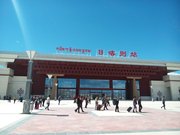
-
What to prepare before travelling to Shigatse?
A trip to Shigatse is guaranteed to be one of the most memorable experiences of your life.
-
-
-
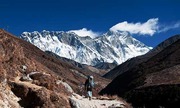
-
Winter tour in Shigatse officially promoted
A tourism promotion campaign themed "Exploring Mt. Qomolangma in Tibet winter tour" will take place in south Tibet’s Shigatse on Nov. 27, 2015, Tibet Business Daily reported.
-
-
-
Shigatse opens its 1st airmail route
Shigatse City has recently opened its first airmail routes, making mail delivery time even faster, according to China Post.
-
Based in Lhasa, Tibet Vista is a Tibet travel agency that specialized in Tibet permit, and Tibet tours for both private and group travelers at a local price!
•4 Days Lhasa City Group Tour from USD 460 •8 Days Everest Base Camp Group Tour from USD 850 •15 Days Mt.Kailash Group Tour from USD 1780 •2016 Tibet Train Tours from Beijing, Shanghai, Chengdu, Xining,etc










